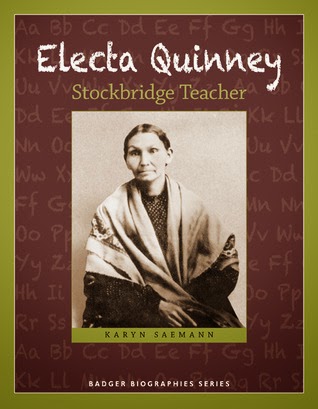Today I want to highlight an incredible new book. Betsy Bird wrote a very thorough review that led me to purchase the book. I am so glad she wrote that review so I could get to know this book and Misuzu Kaneko. I hope her review also convinces you.
Are You an Echo? The Lost Poetry of Misuzu Kaneko is a fascinating book that had me reeling. It's beautiful in both illustration and in the narrative and poetry. It's also unique. It's part biography and part poetry anthology. The first part of the book is a picture book biography, but when the narrative author David Jacobson describes Misuzu Kaneko he uses her own poetry to help tell about her. He knows Japanese, but there were two translators, Sally Ito and Michiko Tsuboi, who also worked to make Kaneko's poems accessible to readers who would need the poetry to be in English. I don't know if the translations are accurate, but the poems spoke clearly and beautifully to me.
The biography portion of the book is moving and powerful as readers get to know Kaneko and then learn about the difficulties she faced in her married life. Suicide is not something that is dealt with often in picture books, but Jacobson told about this aspect of her life. We often seek to protect children from the ugliness and pain in the world, but Jacobson has included this in a way that honors the truth without making the book become focused on that one aspect of her life.
The illustrations of Toshikado Hajiri are warm and inviting. There are moments when I see glimpses of manga type facial features, but there are also more traditional nature scenes that are simply gorgeous.
To see some of the interior pages and to learn more about Kaneko, visit the website for the book.
Here's Janet Wong's interview with the narrative author David Jacobson and one of the translators, Sally Ito.
Here's Julie Danielson's Q&A with David Jacobson.
Here are some of Kaneko's poems included in the book.



